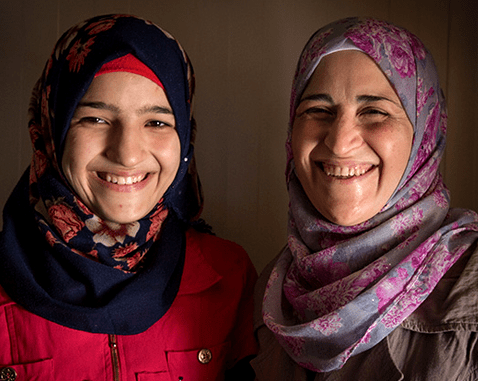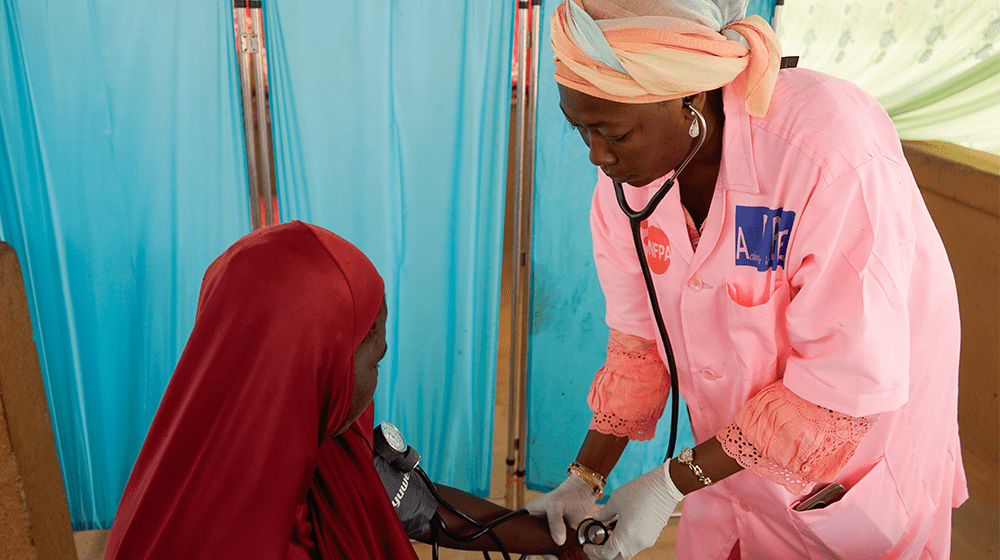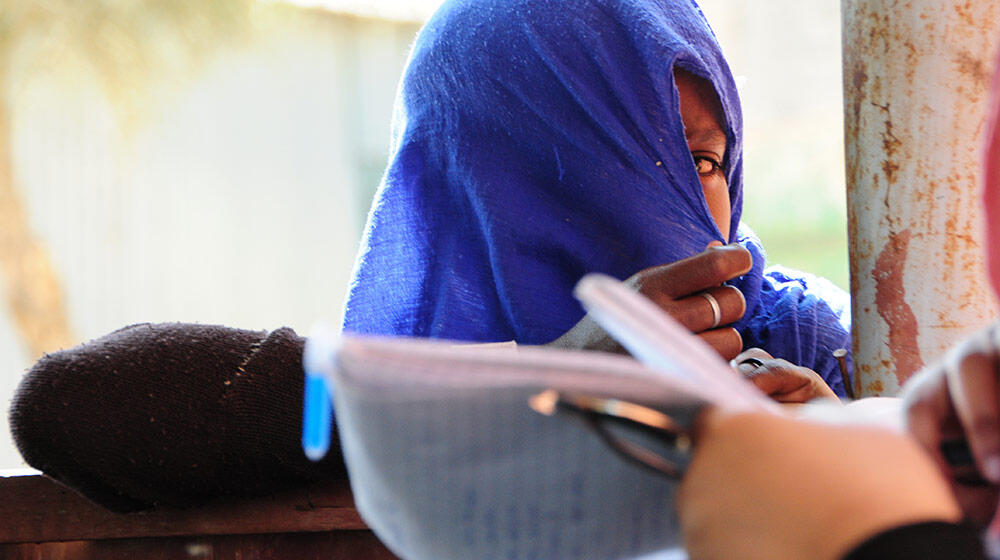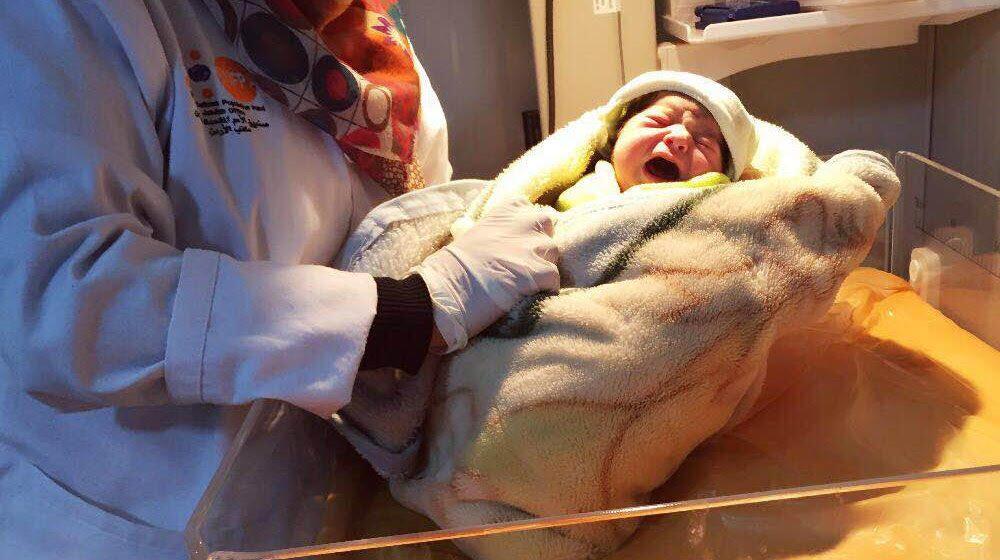Jordan hosts one of the largest numbers of registered refugees per capita in the world: 1 out of every 15 people is a refugee in Jordan. Since the beginning of the crisis in Syria, Jordan, together with Türkiye, Lebanon, Iraq and Egypt, has shouldered the primary responsibility for hosting Syrian refugees. The presence of refugees has put pressure on basic infrastructure and services, affecting both Syrians and vulnerable Jordanians. COVID-19 has further stretched people’s coping capacities. Together with partners, UNFPA has been responding to the sexual and reproductive health needs of vulnerable women and young people in Jordan and is focused on strengthening local capacities to prevent and respond to gender-based violence.
Humanitarian needs
Last updated on - June 2024
Total people in need
Humanitarian funding
Resources in US$
Key humanitarian results 2023

Women assisted to deliver babies safely in UNFPA-supported facilities

People Targeted by UNFPA

People in need

Adolescents and youth (10-24) reached with SRH services

People reached with Family Planning Services in UNFPA-supported facilities

People reached with SRH information and awareness activities in person

People reached with Humanitarian Cash & Voucher Assistance (CVA) for GBV case management and/or other GBV response and GBV risk mitigation

People reached with GBV prevention, mitigation and response activities

People reached with SRH services

People reached with awareness-raising activities and GBV-lifesaving information in-person

People reached with Humanitarian Cash & Voucher Assistance (CVA) for SRH

Safe Spaces for women and girls, supported by UNFPA

Youth Spaces supported by UNFPA

Health facilities supported by UNFPA

SRH mobile clinics supported by UNFPA and run by UNFPA Implementing Partners

Non-specialised GBV humanitarian workers / frontline workers who were trained /oriented on GBV core concepts and guidelines
- Results data are reported and updated as they become available.
- -Targets and UNFPA's populations of concern, including women of reproductive age and pregnant women, are estimated using the MISP calculator.
- -Funding estimates are based on country planning processes, including inter-agency humanitarian response plans and regional refugee and resilience plans.



